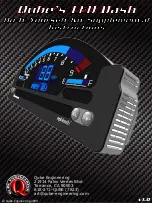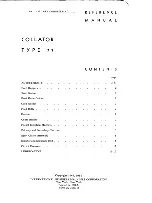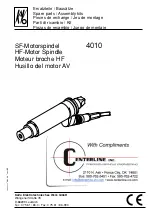
A-198
Standard Photoelectric Sensors
Application
Short-distance, small spot type
Long-distance type
Features
Principles for Glossiness Detection by FAO
First, the light from a red LED passes through a polarizing fil-
ter so only the S wave is emitted.
If the detectable object is glossy, the S wave is reflected reg-
ularly and is transmitted as is to the Fiber Receiver 1.
If the detectable object is not glossy, there is more diffuse re-
flection, thus the polarization direction is randomized and a P
wave is generated.
The S and P waves are divided by the FAO (special polarized
beam splitter), the waves travel to their respective fiber receiv-
ers, and the variation in the glossiness is determined by com-
paring the two received signals.
Fuzzy Teaching Function Backs up Stable Detection
Supported by the fuzzy teaching function if objects have no
difference in glossiness. If the glossiness difference goes be-
low than the minimum sensing lev-
el, the microprocessor in the
amplifier determines the discrimi-
nation means automatically.
Sensed by light energy difference
like an ordinary mark sensor.
(When 2-point teaching is selected)
Measures against Double Refraction
There are transparent films and transparent plastic objects that
change the direction of polarized light when it passes through
the transparent films and transparent plastic objects. This is
called double refraction. Using the optional rotary mounting
bracket (E39-L109), the sensor unit can be inclined 45 degrees
to take measures against double refraction.
(Example) Metal cylindrical object coated with transparent film
Detection of tacked labels
Detection of grease or adhesive on parts
Detection of pipe, can or similar joints
Detection of on-bottle labels insensitive to
distance variation or object inclination, en-
abling label detection on conveyor line.
Detection of shrink tubes Transparent shrink
tubes can be detected stable.
Detection of sealing tape
Received fiber 1
(S wave only)
Received fiber 2
(P wave only)
Polarized filter
FAO
Emission S wave only
Sensing
object
Emitter
Lens
S wave: vertical
P wave: parallel
Metal cylindrical
object coated with
transparent film
Sensing head
The object can be sensed smoothly when
the angle of the sensing head is either 0˚ or 45˚.
45
˚
Difference in
grossiness
Distinction means
Output
Difference in
light energy




























